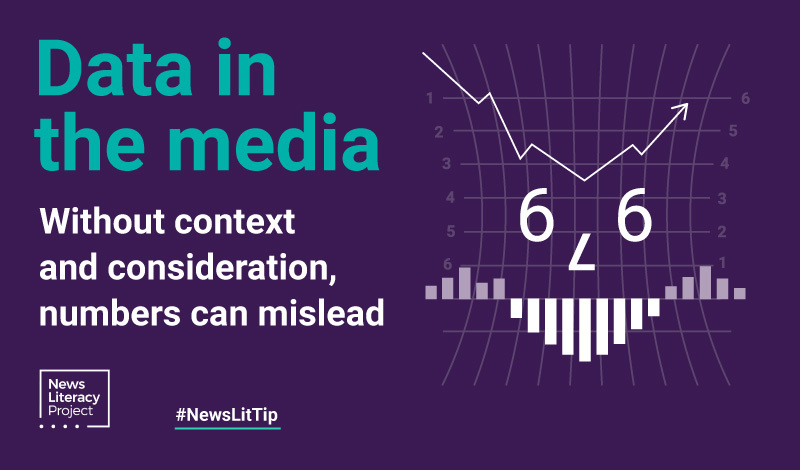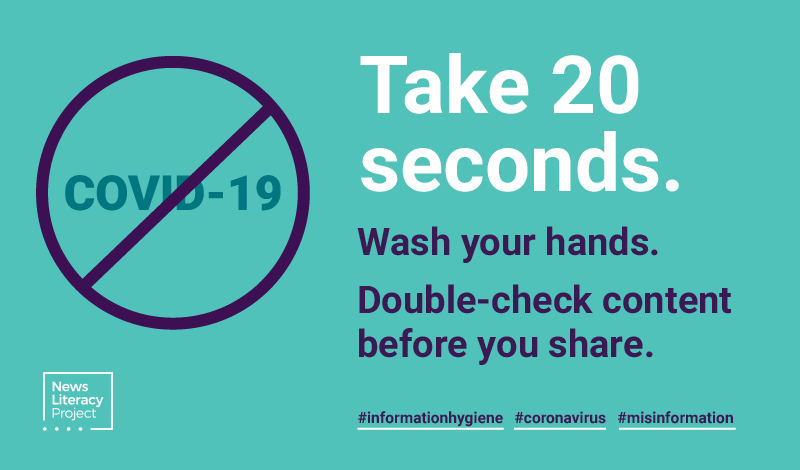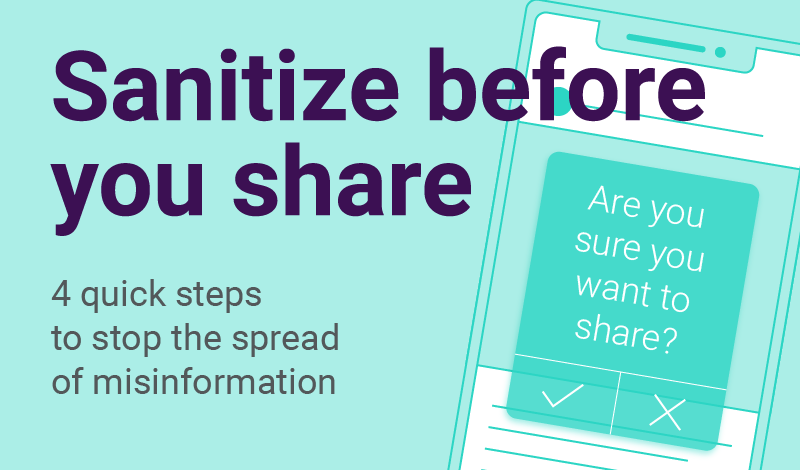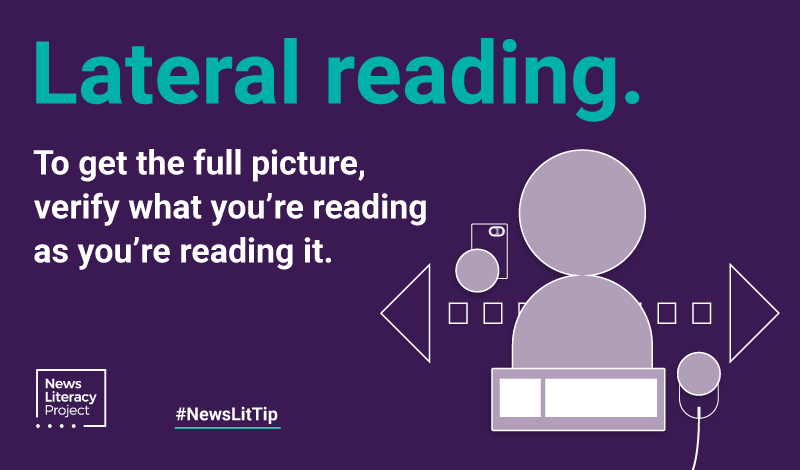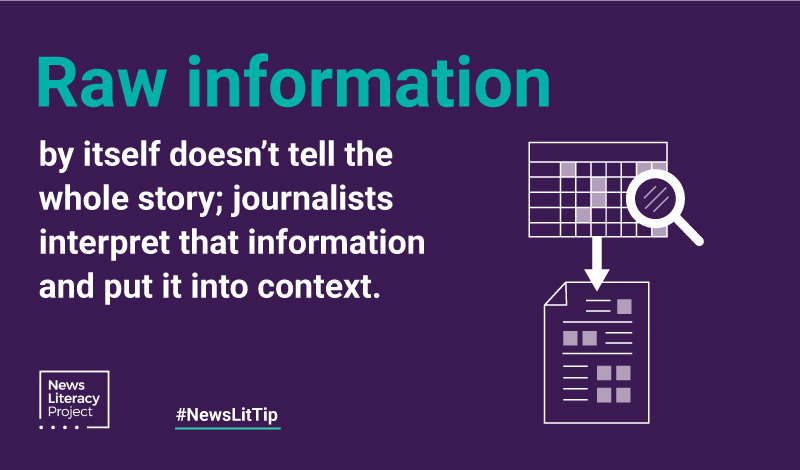
News Lit Tips
Smart news consumers know when they’re being pitched
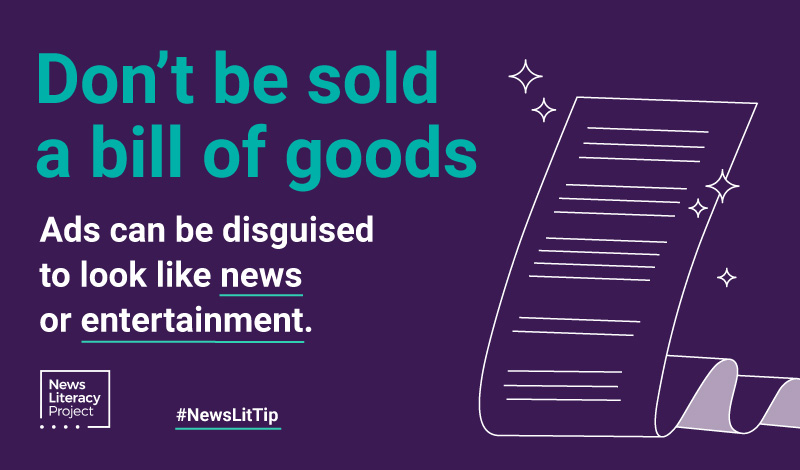
Advertising has long been a form of entertainment: Consider the fact that the ads broadcast during the Super Bowl are celebrated as much as the football game itself, with news articles devoted solely to compiling and reviewing them. People know that between plays and before and after the halftime show, companies will be trying to sell them things; in some years, the ads have been more popular than the game.
What is not as much fun is when we believe we are seeing a neutral report, only to suddenly realize that we are seeing an ad. The only thing worse than that is to not realize that someone is trying to sell you something.
The array of ads-that-don’t-seem-like-ads include native advertising (also called “sponsored content”) and social media posts by “influencers,” those popular online personalities whose motives for talking up a product might not be obvious (not everyone knows that #sp in a list of hashtags on a post means “sponsored” or, more clearly, “I’m being paid to promote this”).
Ads are becoming more creative in hiding their true nature because marketers face the same challenges as the news industry: We live in a world of information overload, short attention spans and rapidly evolving technology. As a result, businesses are getting savvier about selling their goods.
That makes it even more important for readers, viewers and listeners to understand if what they stumble across is designed to inform, or if its ultimate goal is to sell a product.
Be warned by the words of Danny McBride, an actor who appeared in a series of ads that were part of a campaign whose aim was initially unclear: “People were confused and wondering what it was. They were talking and speculating. Ultimately, that’s what a good ad is supposed to do.”
Don’t be confused by what might be a good ad. The smart news consumers know when someone is trying to sell them a product.
